What is the Guide and who is it for?
A Field Guide to Climate Design is a resource for designers of all kinds and all levels to find ways to believe that they can be efficacious changemakers in the effort to mitigate the dangers of climate change. It always seeks to lift up, not punch down; to celebrate designers and not vilify them.
The Guide is mindful and contemplative, never impulsive or rash. Research is welcomed on anything that is written for a few reasons: 1) Extra sources help build arguments as well as lead readers to new places to find information, 2) It sets a good example from which others looking to build arguments can follow, 3) New perspectives are always critical when making a decision or looking to design a solution; climate change is too huge a problem to simply pick a direction based on one type of experience.
The Guide is observational more than it is academic; one person’s experience and expertise is a great way to learn about a new topic (i.e., a designer from one part of the world is going to be a much better source than a person who read a book about design in that part of the world), but one person’s expertise is always going to be limited by definition. Everything written in the Guide should be trustworthy, but every person has a bias and those biases can only be overcome through seeing more and more perspectives. Because of its observational nature, the Guide is comfortable being open-ended in terms of conclusion because that invites comments and communication.
The power of the Guide comes from the writers, the people, and the ideas that each entry is about, not from the Guide itself. It never seeks to overshadow, but to spotlight. It always attributes sources and isn’t afraid to let its entries’ arguments come from outside sources; an entry is a door to new info and perspectives and so the Guide at times can simply be a way to highlight someone else’s good idea. The Guide’s prestige comes from the willingness to be a portal of info that builds up designers and inspires change, not from being a monolithic source of inspiration.
The Guide is inclusive. Educationally; professionally; financially; religiously; in terms of gender, sexuality, or social status. There is no default designer, nor is there a default design solution. Design itself is the opposite of one-size-fits-all. Because the Guide is inclusive, it has to lean toward being observational rather than academic in nature.
Lastly, the Guide inspires action, not despair. At the end of every entry, a reader should have some direction to go toward. Whether that is reading or writing a comment, joining a community, feeling enabled to step out as an activist, feeling inspired enough to share the entry on social media, etc. The Guide is a launching point to more; it’s not a destination, it’s the notes on the map that give details about the route the reader is on.
A Field Guide to Climate Design is a project by Climate Designers (CD) and all of the entries live on the CD website, because of this it is important that we make sure that we embody the voice and tone that CD uses as an organization. The above standards are based on that voice, but here is a link that spells out their attitude in their own words.

